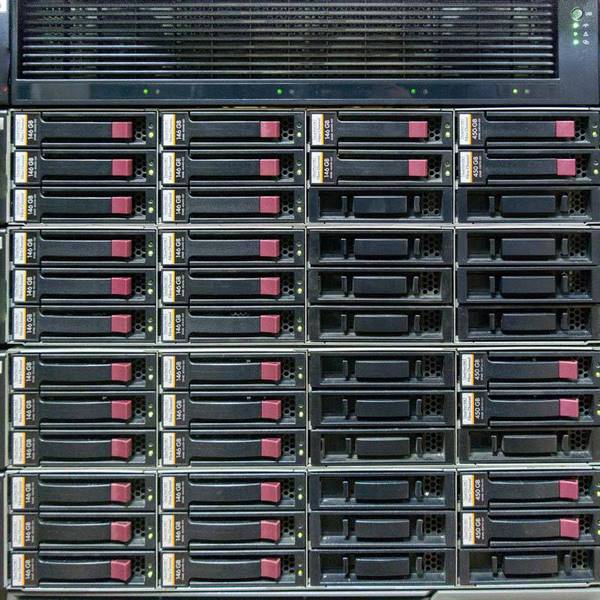RAID 1+0 ou RAID 10
RAID 10 is a concatenation of 2 RAID systems. RAID 1 and RAID 0.
Function of RAID 10
RAID 10 is a storage configuration that combines the advantages of RAID 1 mirroring for storage security and RAID 0 striping for faster access.
Its reliability is considered good because it requires both hard drives in the same RAID 1 group to fail simultaneously in order to cause a failure of the array. This increased redundancy provides additional protection against data loss.
In RAID 10, data is divided into fixed-size blocks, typically called sectors. The first data block is simultaneously written to two mirrored hard drives (in RAID 1 mode), and then the second block is written to two other hard drives forming another RAID 1 group. This approach ensures both speed and security of the stored data.
RAID 10 is often considered safer than RAID 01. Although both configurations combine RAID 0 and 1 levels, RAID 10 offers better redundancy and increased fault tolerance due to its mirroring scheme. In the event of a hard drive failure in one of the RAID 1 groups, the data can still be recovered from the other mirrored group.
The combination of RAID 0 speed and RAID 1 security makes RAID 10 an attractive solution for applications requiring high performance and reliable data protection. However, it is important to note that RAID 10 requires a higher number of hard drives compared to other RAID configurations because it uses data duplication across multiple disk sets. Therefore, storage capacity and cost considerations should be taken into account when implementing a RAID 10 system.
In conclusion, RAID 10 offers a balanced combination of security and performance, with high redundancy and increased fault tolerance. Its operation using RAID 1 mirroring and RAID 0 striping allows for a reliable and fast storage solution for critical environments.
RAID 10 failures
The common RAID 10 failures are :






